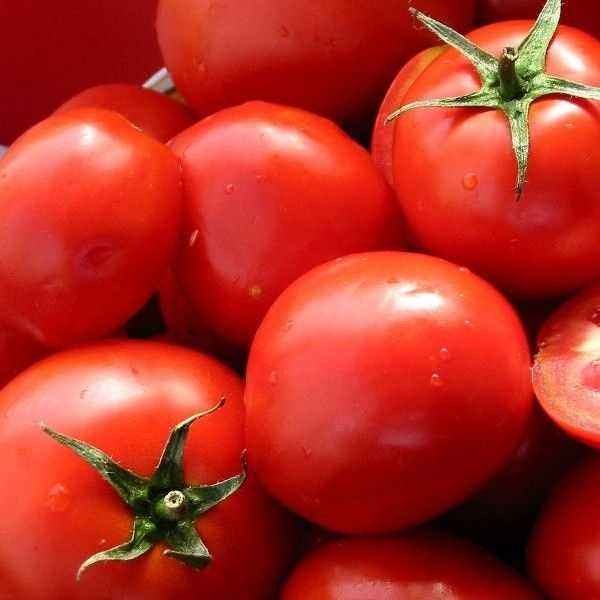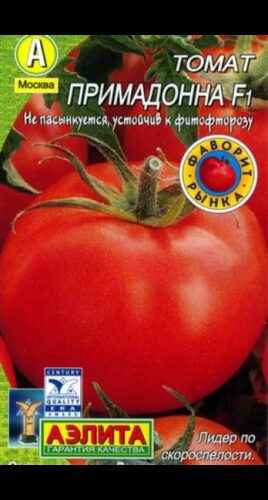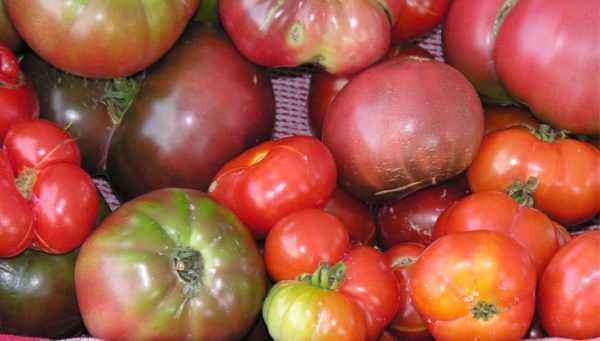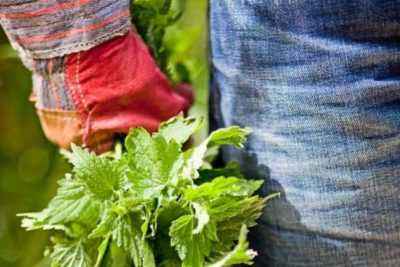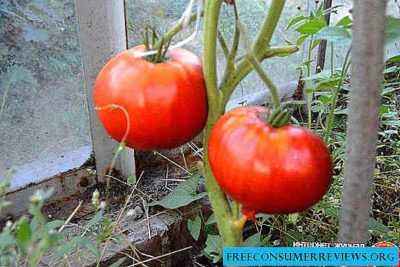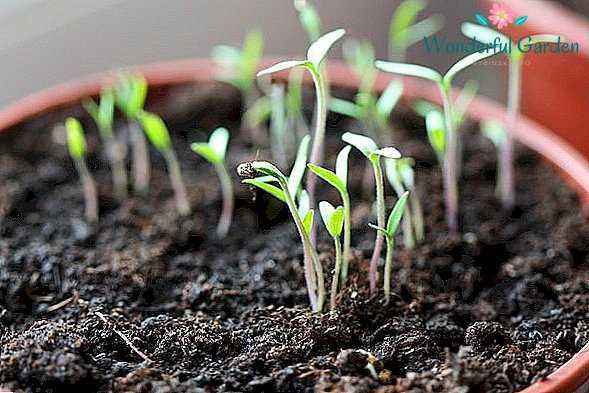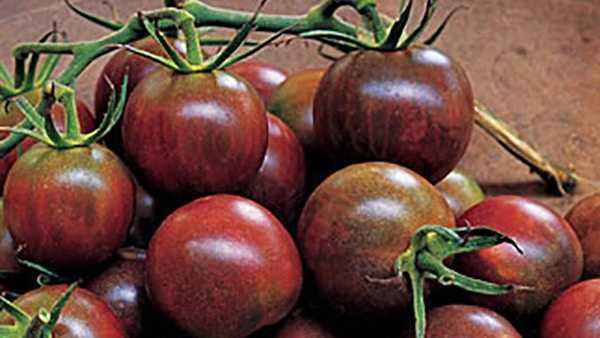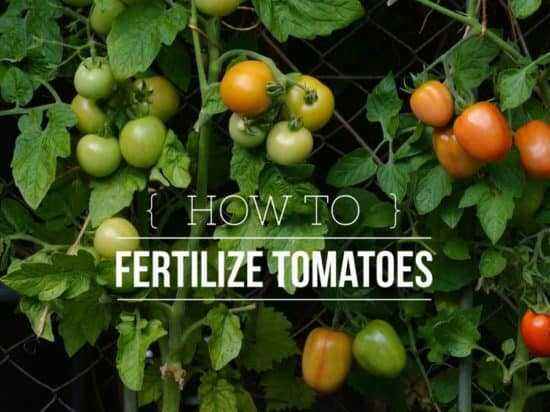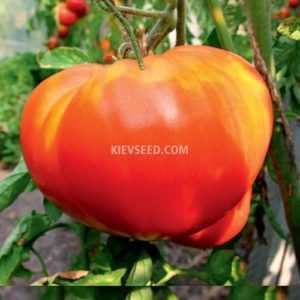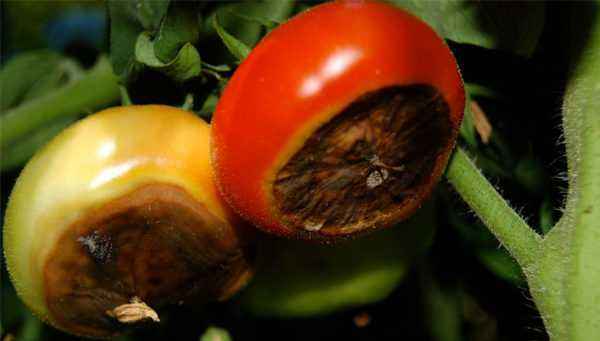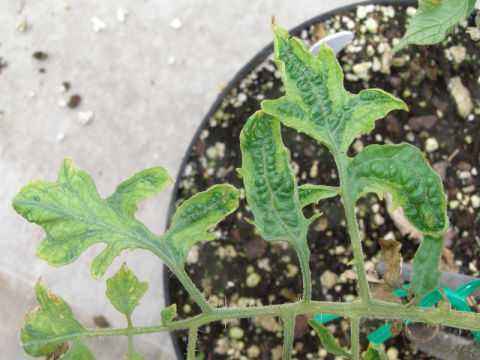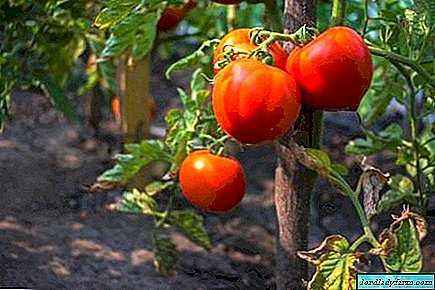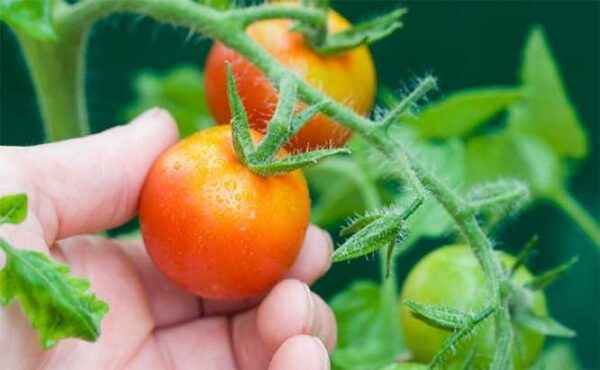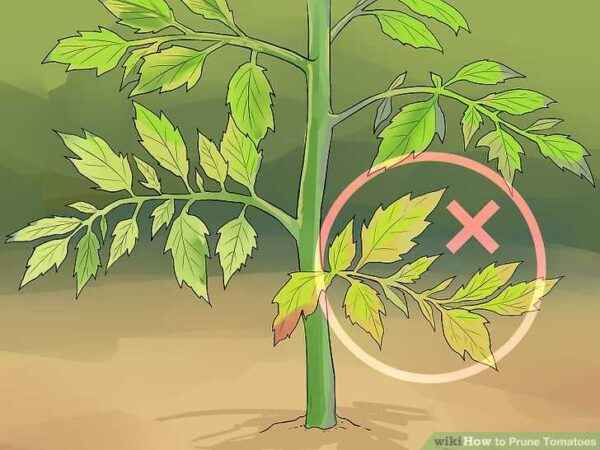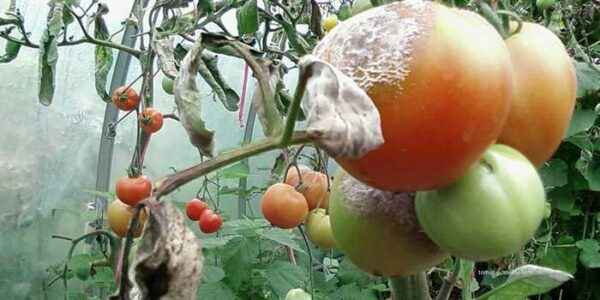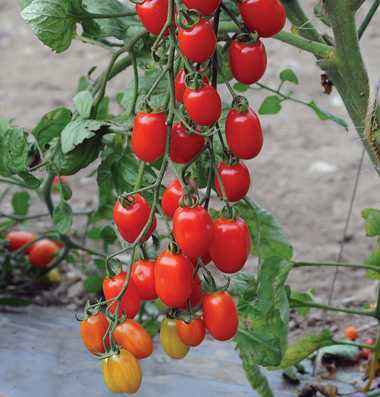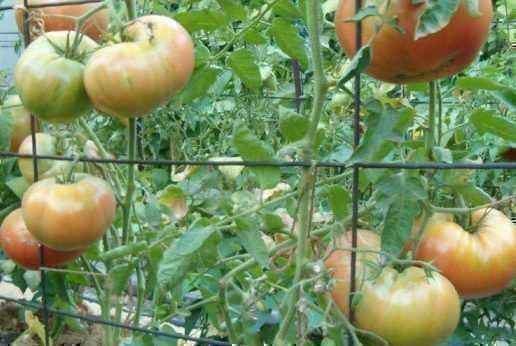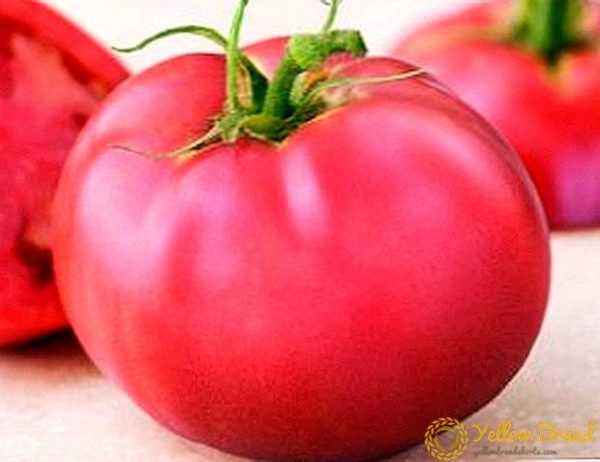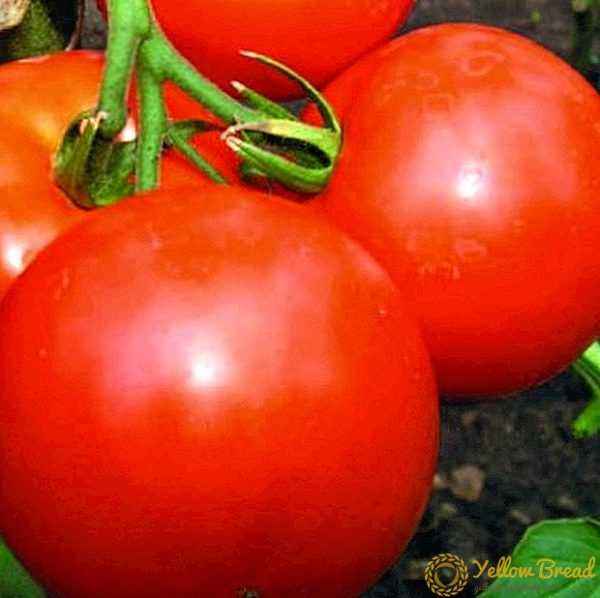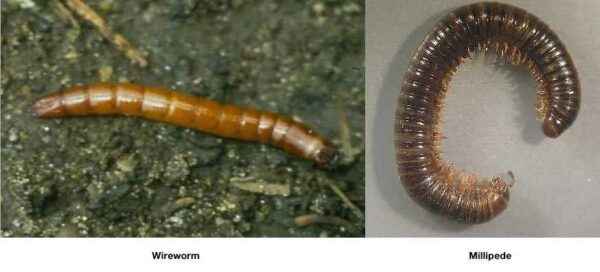Stains on the leaves of tomatoes are a serious problem that must be addressed immediately so as not to lose crop. The cause may be diseases caused by fungi, bacteria and even viruses. Sometimes this phenomenon is associated with a deficiency or overabundance of mineral substances in the soil. Consider tomato diseases, which appear stained, as well as prevention and control measures.
- Causes of
- Bacterial diseases
- Methods of control
- Fungal diseases
- Gray rot
- White rot
- Brown rot
- Phytophthora
- Brown spotting
- Scale rust
- Alternariosis or macrosporiosis
- Viral diseases
- Mosaic
- Tomato streak
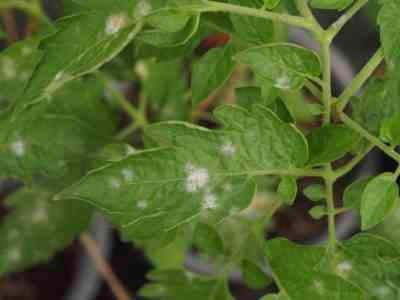
Tomato leaf spots
Reasons for the appearance
What are the spots on the leaves of tomatoes? They can be very small, resemble dots or cover the entire leaf. Most often, these formations lead to thinning and drying of the leaves. The spots are dense, moist, resembling rot. The color of the dots can be white, black, brown, gray, yellow. Sometimes the leaves become multi-colored.
The main causes of staining on tomato leaves:
- bacterial diseases;
- fungal diseases;
- viral lesions ;
- lack or excess of iron, nitrogen, and other minerals.
Most often, the problem occurs if the tomatoes are not properly maintained or grow in the wrong place .Sometimes contagious disease epidemics affect an entire region. Often infections are transmitted with seeds, therefore seeds should be selected carefully.
Many pathologies are transmitted to tomatoes from potatoes, eggplant, therefore these crops cannot be planted nearby.
Bacterial diseases
Black bacterial spotting of tomatoes is caused by microorganisms of the genus Xanthamonas. In total, 4 phenotypes of these pathogens are known. They can be stored in seed throughout the winter. In the southern regions live until spring in the tops of plants. In the ground, without a main source of nutrition (tomato waste) do not live long. Infection most often occurs through inoculum.
When a disease occurs, olive dots of oily consistency first appear on the leaves, then they darken in the center, and a light rim forms along the outer contour. The size of the dots is 5-6 mm. Stems and fruits can also be affected. The plant loses 50% to 100% of the foliage and dries. Black spotting progresses at an air temperature of 25-30 ° C and humidity above 70%. If you do not take action, it quickly destroys the entire planting.
Methods of control
To combat bacteria, the seeds are recommended to be treated with a number of means:
- sodium hydrochloride 3-5%;
- calcium hydrochloride 6-8%;
- trisodium phosphate (12 g per 100 ml of water).
Soak seeds in hydrochlorides should be for 10-30 minutes, in trisodium phosphate – for an hour.
Seedlings and adult tomatoes are treated with Fitolavin, Acrobat, Hom, Bordeaux liquid. It is very important to burn all the remains of infected tomatoes. Black bacterial spotting is transmitted from tomatoes to eggplant, potatoes, peppers, therefore, nightshade crops should not be planted for 3-4 years on this site.
Fungal diseases
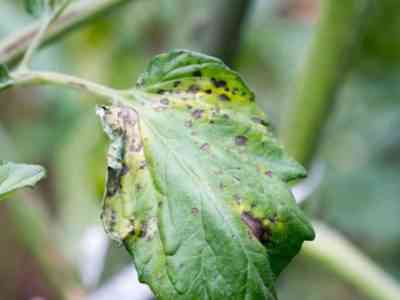
Excess moisture can cause fungal diseases
These diseases are caused by fungi, they are one of the most common causes of the appearance of spots of different colors and the death of the crop. The defeat begins with stems and in the early days is almost not noticeable. The fungus quickly spreads throughout the plant, affecting the leaves and fruits. After 5-10 days, the tomatoes die. Most often, greenhouse tomatoes are affected, but the bushes can hurt on open beds, especially in hot, humid summers. Too often excessive watering and an excess of nitrogen in the soil become a provoking factor.
Gray rot
Gray rot is caused by the fungus Botrytis cinerea Pers. It affects crops in high humidity, an excess of nitrogenous fertilizers in the soil. With this kind of disease, gray spots appear on the tomatoes. On the fruits, you can notice a characteristic fluffy coating of a white-gray hue, rotten areas. The stem of tomatoes is also affected.The disease quickly spreads from one plant to another, in a few days it can destroy the entire bed if measures to destroy the fungus are not taken in time.
Methods of control
To get rid of gray rot, fungicides should be used . Acrobat MC, Profit Gold, Abiga-Peak, Previkur well act on the fungus. To prevent diseases, you can treat tomatoes with Bordeaux mixture, blue vitriol, garlic infusion.
It is important to regularly ventilate the greenhouse, to ensure that water does not fall on the leaves when watering.
White rot
The disease causes the fungus Sclerotinia sclerotiorum. It develops best at high humidity and low temperature (about 18 ° C). First, signs of damage appear on the fruits. They soften, crack, become covered with white dots. Then the stain from the tomato fruit passes to other parts of the plant. It can be seen that the leaves became almost transparent, covered with white dots and specks, began to dry out.
Methods of control
It is very difficult to treat white rot, the best way out is to destroy the plants. To prevent the disease, before sowing the seeds, the soil is roasted in the oven, treated with a weak solution of potassium permanganate. The ground in the greenhouse before planting seedlings is watered with copper sulfate (2 g / 10 l of water), urea (10 g / 10 l of water), zinc sulfate (1 g / 10 l of water). In a greenhouse, it is important to maintain normal temperature and humidity.
Brown rot
The disease is caused by the fungus Phoma destructiva, which is often transferred to the bushes with fresh manure. The second name of the disease is phomosis. On tomato leaves, you can see brown or almost black small specks, gradually increasing in size, darkening, becoming black. On the stems they are arranged in concentric circles. Brown spots on ripe tomatoes first appear near the stem, and then affect the entire fruit.
Methods of control
Brown rot is not treated, plants should be destroyed and the soil should be sanitized. For prevention, it is advised to control humidity, not to use fresh manure for fertilizing, to reduce the number of fertilizers containing nitrogen.
Blight
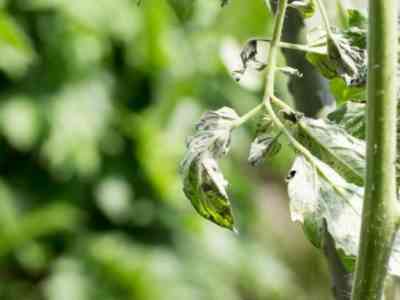
Infected bushes should be removed
The disease causes late blight fungus, which often parasitizes on potatoes, eggplant, pepper and from these crops goes to tomatoes. Brown dark dots first appear on the bottom of the leaves, then on the stems and fruits. Foliage dries and falls, flowers and young ovaries crumble.
Methods of control
Prepared fungicides are used to combat late blight (Previkur, Findazole, Horus, Khom, Topaz, etc.). The treatment with Bordeaux liquid and copper sulfate (2 tbsp. L / 10 l of water) helps well.You can take Trichopol antibiotic for treatment (10 tablets / 10 l of water), the tincture of garlic mixed with a weak solution of potassium permanganate works well. After harvesting, the tops are destroyed, and the soil is disinfected. Tomatoes, potatoes, peppers and eggplant are not allowed to be planted on this place for another 3-4 years.
Brown spotting
Brown spotting, or cladosporiosis, often appear on tomatoes, which grow in a greenhouse. Outdoors, the fungus can affect tomatoes that are watered too abundantly. Plants get sick on hot summer days in shaded beds with poor ventilation. Gray-brown or olive spots with a fluffy coating appear on the lower part of the leaves. Yellow spots are located on top. Gradually, the foliage dries and falls. Large ripe fruits are rarely affected, but the ovaries and flowers fall, yield decreases. It happens that several bushes are affected in the garden, and most plants remain healthy.
Methods of control
At the first signs of cladosporiosis, diseased leaves are cut off. The bushes are treated with a 1% solution of Bordeaux fluid, Hom antifungal agents (40 g of the drug per 10 liters of water) and Effekton-O. Tinctures of garlic, copper sulfate (50 g / 10 l of water) act well on fungi. For prevention, it is necessary to properly regulate watering, to make the optimal amount of fertilizer. The greenhouse is regularly ventilated, do not allow too high a rise in temperature.
Scale rust
Scale rust is another fungal disease in tomatoes. It is practically untreatable. First, small yellow dots are visible on the foliage, which gradually increase. Plants are gradually deformed, cease to bear fruit and dry out. If rusty or yellowish spots appear on the leaves of tomatoes in the greenhouse, the whole crop dies very quickly.
Methods of control
To prevent bulb rust, tomatoes are regularly treated with fungicides. Use copper sulfate, 1% Bordeaux liquid, preparations Oksikhom, Figon, Fundazol. Folk remedies help well: soda ash, infusion of marigolds or horsetail. So that the fungus does not start in the greenhouse, it must be regularly ventilated, watering regulated. Before planting tomatoes, it is advisable to sanitize the greenhouse and soil.
Alternariosis or macrosporiosis
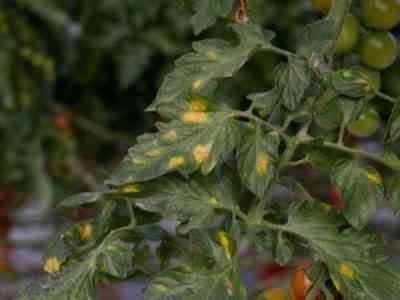
An infected plant can die quickly
Another name for the disease is dry spotting, brown spotting, macrosporosis. It is caused by the fungus Alternaria (Macrosporium). Most often, bushes growing in the greenhouse suffer. The disease spreads rapidly in hot summers, when the average daily air temperature reaches 25-30 ° C. The fungus enters the soil and tomatoes from infected seeds, manure, and then quickly spreads to the stem and foliage.
Symptoms
The first signs appear immediately after transplanting seedlings in open ground. Almost all parts of the bush are affected. Yellow-brown spots appear on the tomato leaves, round and dry. Their size is from a few millimeters to a centimeter. On stalks spots are gray-brown. Even in rainy weather, the affected areas remain dry, which distinguishes mycosporosis from late blight. The stain from the stems of the tomato passes to the fruits. Affected plants quickly wither and dry.
Methods of control
When the first signs of dry brown spotting on tomatoes appear, the bushes are treated with fungicides. It is best to use the preparations Ditan-M45, Antracol 70, Infinity, Quadris, Flint. Plants are treated 3-4 times a season with an interval of 10-14 days.
Prevention
For the prevention of fungal disease it is necessary:
- Carefully choose the seeds, buy them only from trusted sellers.
- Process seeds before planting with potassium permanganate.
- Disinfect the soil for growing seedlings and adult tomatoes.
- Follow the rules of crop rotation, do not plant tomatoes after potatoes , pepper, eggplant, cabbage, in the same place, the crop can be planted no more than once every 3 years.
- Correctly dose olive trees, the number of nitrogen fertilizers.
- After collecting the tops of tomatoes should be burnt.
If you follow all the rules, the tomatoes will not threaten neither fungal disease.
Viral diseases
Stains on tomatoes can appear due to viral lesions. Fighting these pathogens is almost impossible. One of the most effective means of prevention is the cultivation of resistant varieties. Most often, tomatoes infect the following viral diseases:
- mosaic;
- tomato strick.
Mosaic
Mosaic of tomatoes is caused by several types of viruses. In most cases, the cause is Tomato mosaic tobamovirus (tobacco mosaic virus). The disease is manifested by mottling of leaves: some areas become light, others – dark. The spotted leaves are deformed, curled, the fruits become small, the yield falls by almost half. With an enational mosaic, specific outgrowths (enations) appear on the lower part of the leaves, fruit necrosis is observed.
Methods of control
With the initial manifestations of a viral lesion, the bushes can be treated with 10% milk serum, with the addition of 0.05% solution of the drug Farmayod-3. The remains of diseased plants are disinfected with trisodium phosphate, and then burned. The same solution disinfects the soil in the greenhouse or in the garden.
In the future, it is advisable to choose mosaic resistant varieties (Semko, Zhenaros, Madison, Anyuta, Sors, Kunero).
Tomato streak
This disease is caused by several viruses at once (tomato mosaic virus, potato X-virus, cucumber mosaic virus). Light touches appear on the leaves, trunk and fruits of tomatoes, areas of necrosis with a rough surface. Gradually they merge, the stems and foliage dry out, and the fruits crack. The bushes die, and the entire crop disappears.
Methods of struggle
It is almost impossible to treat a tomato strick. Sick tomatoes are best destroyed right away.
It is also important to weed out all the weeds in the beds and in the aisles: they can be infected with the virus. It is very important to destroy aphids: it carries pathogens. Seeds for planting should be taken only from trusted suppliers. The soil for seedlings can be disinfected with potassium permanganate or roasted in the oven. The whole tool that is used for picking tomatoes, for pinching, must be clean and disinfected.


